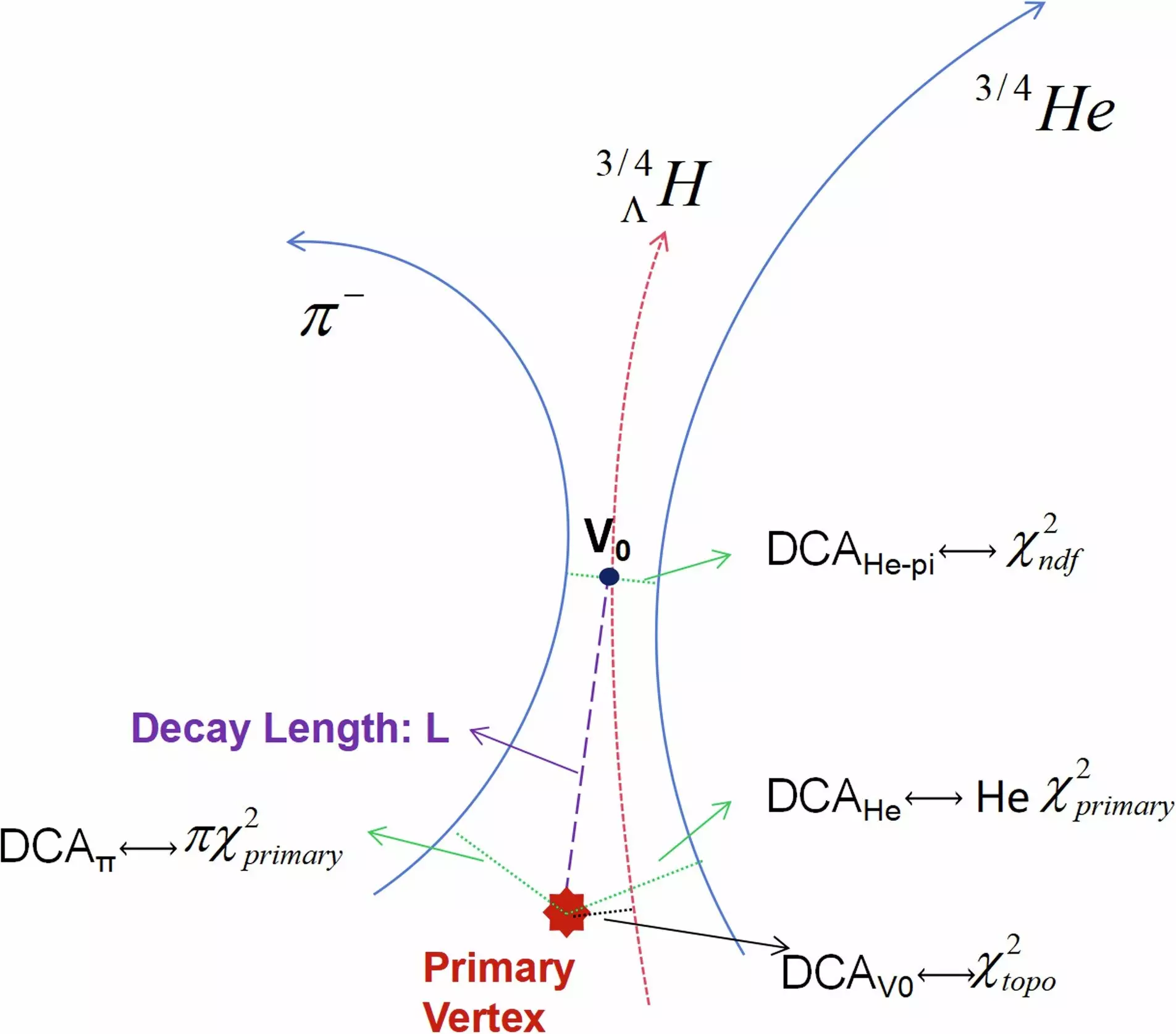Antimatter is a concept that has puzzled scientists for nearly a century. In 1928, Paul Dirac’s theory about electrons with negative energy led to the discovery of antielectrons, or positrons. Since then, scientists have identified antimatter equivalents for all fundamental particles, raising questions about the abundance of antimatter in the universe. The search for antimatter and its properties has led to groundbreaking discoveries, such as the recent detection of the heaviest antimatter nuclei at the Brookhaven National Lab.
The STAR experiment at the Relativistic Heavy Ion Collider in the US plays a crucial role in studying antimatter. By smashing heavy elements together at high speeds, the experiment recreates the conditions of the universe just milliseconds after the Big Bang. The detection of short-lived particles, such as pions, provides insight into the behavior of matter and antimatter. Scientists analyze the paths of particles in magnetic fields to distinguish between matter and antimatter nuclei.
In a groundbreaking discovery, the international team of physicists at the Brookhaven National Lab detected antihyperhydrogen-4, the heaviest antimatter nucleus ever observed. Composed of one antiproton, two antineutrons, and an antihyperon, this exotic antimatter entity sheds light on the properties of antimatter. The comparison of antihypernuclei with their corresponding hypernuclei confirms theoretical predictions and advances our understanding of antimatter interactions.
The study of antimatter also has implications for dark matter, an elusive substance that makes up a significant portion of the universe. The detection of antimatter particles produced in collisions of dark matter particles provides valuable insights into the nature of dark matter. The Alpha Magnetic Spectrometer aboard the International Space Station is dedicated to detecting antimatter particles, such as antihydrogen and antihelium, which could provide clues about the origins of dark matter.
Despite significant advancements in antimatter research, many questions remain unanswered. The discrepancy between the amount of matter and antimatter in the universe continues to perplex scientists. Ongoing experiments, such as those conducted at the Large Hadron Collider in Switzerland, aim to uncover the mysteries of antimatter and its relationship to dark matter. By 2032, the centenary of the discovery of antimatter, scientists hope to make substantial progress in understanding the role of antimatter in the universe.
The detection of the heaviest antimatter nuclei at the Brookhaven National Lab represents a significant milestone in antimatter research. The findings from the STAR experiment provide valuable data for calibrating theoretical models and exploring the connections between antimatter and dark matter. As scientists continue to unravel the mysteries of antimatter, new discoveries may shed light on the fundamental nature of the universe and its hidden components.


Leave a Reply